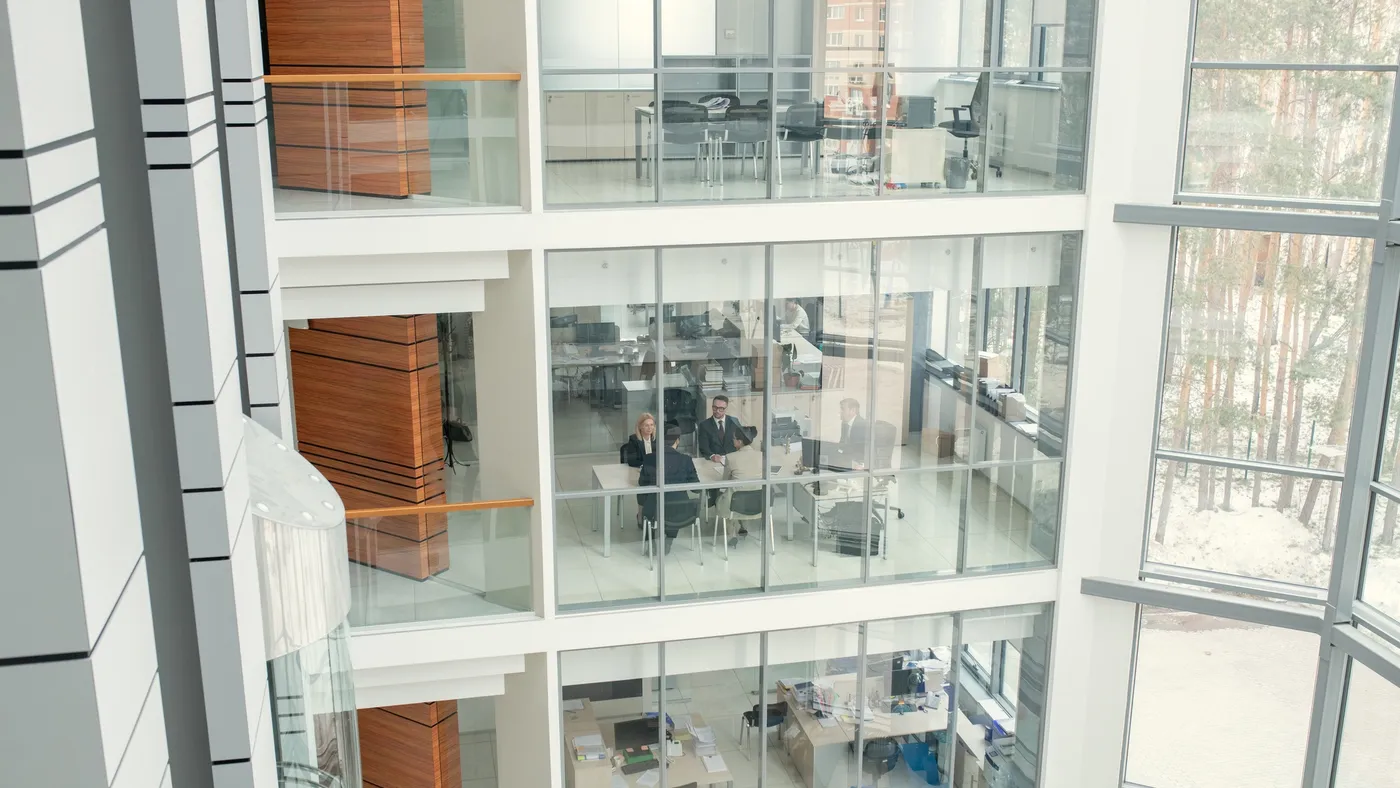
US cities sharpen focus on building performance standards to meet net-zero goals
State and local governments are turning to building performance standards, or BPS, as a key measure to cut emissions and meet climate targets, according to a report from JLL released last week.
Thirteen U.S. cities have a BPS in place, accounting for about 25% of all U.S. buildings as of early 2024, and over 30 additional U.S. cities have pledged to pass BPS by 2026 or earlier, according to the report. While noncompliance rates are relatively lower in the first round of limits for New York City and Boston, these costs “quickly ratchet up [for] the second round and steadily increase thereafter,” the report says.
By 2026, at least 40 U.S. cities will have BPS in place, with many setting net-zero targets by 2050 or earlier, the report says. Owners should proactively take action to understand, manage and improve their buildings’ energy and emissions performance through data collection and measurement and compliance documentation to avoid future fines or challenges complying with these requirements, a JLL spokesperson said in an email.
U.S. cities have historically favored prescriptive building codes that require explicit actions around energy efficiency in design and construction, such as LED lighting systems, but these mandates have not sufficiently improved energy performance, the report says.
The Biden administration launched the National BPS Coalition in January 2022 to make it easier for cities to move from prescriptive codes to performance-based codes that directly require reductions in emissions and energy use, giving owners leeway to decide how they can meet these targets.
The National BPS Coalition comprises a nationwide group of state and local governments that have exercised commitments to inclusively design and implement building performance policies and programs in their jurisdictions. The coalition aims to align emissions, electrification and equity goals with retrofit requirements, identifying and acting on BPS prerequisites, with a goal of BPS adoption by Earth Day 2024 for the first cohort and 2026 for the second cohort, according to a program web page from the Institute for Market Transformation.
Municipalities that have passed BPS to date include Seattle; Chula Vista, California; Denver; St. Louis, Missouri; Montgomery County, Maryland; Washington, D.C., New York City; Cambridge, Massachusetts; and Boston, per the JLL report.
Meanwhile, many of the 30 cities that have pledged to pass BPS by 2026 or earlier are still defining what their parameters are, so questions arise in connection with how these standards will be enforced, said Jaime Del Álamo, head of ESG & risk Americas at JLL and one of the authors of the report.
While New York’s Local Law 97 entered its first compliance period in January, Boston’s Building Emissions Reduction and Disclosure Ordinance, or BERDO, will take effect in 2025. Seattle’s Building Emissions Performance Standard, or BEPS, was adopted last December and will take effect in 2031, JLL says, noting that the approach to these standards and related penalties varies greatly across all three cities.
Buildings that don’t comply with New York’s LL97 emission limits, for example, will be slammed with fines of $268 per ton of carbon dioxide equivalent emissions that exceed the specified cap in a given year.
Under Bostons’ BERDO, buildings over 35,000 square feet that fail to meet emissions standards will face a penalty of $1,000 per day starting in 2025, and smaller buildings between 20,000 square feet and under 35,000 square feet will have to pay $300 per day for noncompliance starting in 2030.
Under Seattle’s BEPS, non-residential buildings that fail to meet annual building emissions targets will face a penalty of $10 per square foot.
Across these three leading BPS municipalities, total fines faced by buildings will increase by an average of 82% between their respective first and second round of limits, given current emissions performance estimates, JLL says.
Under New York’s LL97, the penalty structure is based on the amount by which a building’s carbon dioxide equivalent exceeds the established annual limit, Del Álamo said. “Then you’re seeing other cities where they’re actually putting a fine per square foot. And then you’re seeing other cities where [there’s] a binary type of fine,“ he noted. ”In my view, New York seems to be the one that achieves that theoretical goal the most, because at the end of the day, the square footage matters, but the usage of the building also matters,”
While running a cost-benefit analysis to retrofit a building, owners must consider a “broader ecosystem of factors,” as relying solely on penalty avoidance to justify the capital spend is not always viable, the report says. These additional factors include energy cost savings, the property’s net operating income, impact on property value, market demand for low-carbon workspaces, tenant attraction and retention, the risk of value erosion due to noncompliance, investor appeal, and the potential to sell the property or maintain its value over time.
JLL cites an example of a cost-benefit analysis it ran on a 500,000-square-foot Class A office building in New York, powered by natural gas and electricity. The firm says the team that determined that a maximum net-zero carbon retrofit would cost the owner nearly $15 million, but cut energy costs by about 35% and allow the owner to avoid over $2.5 million in penalties.





